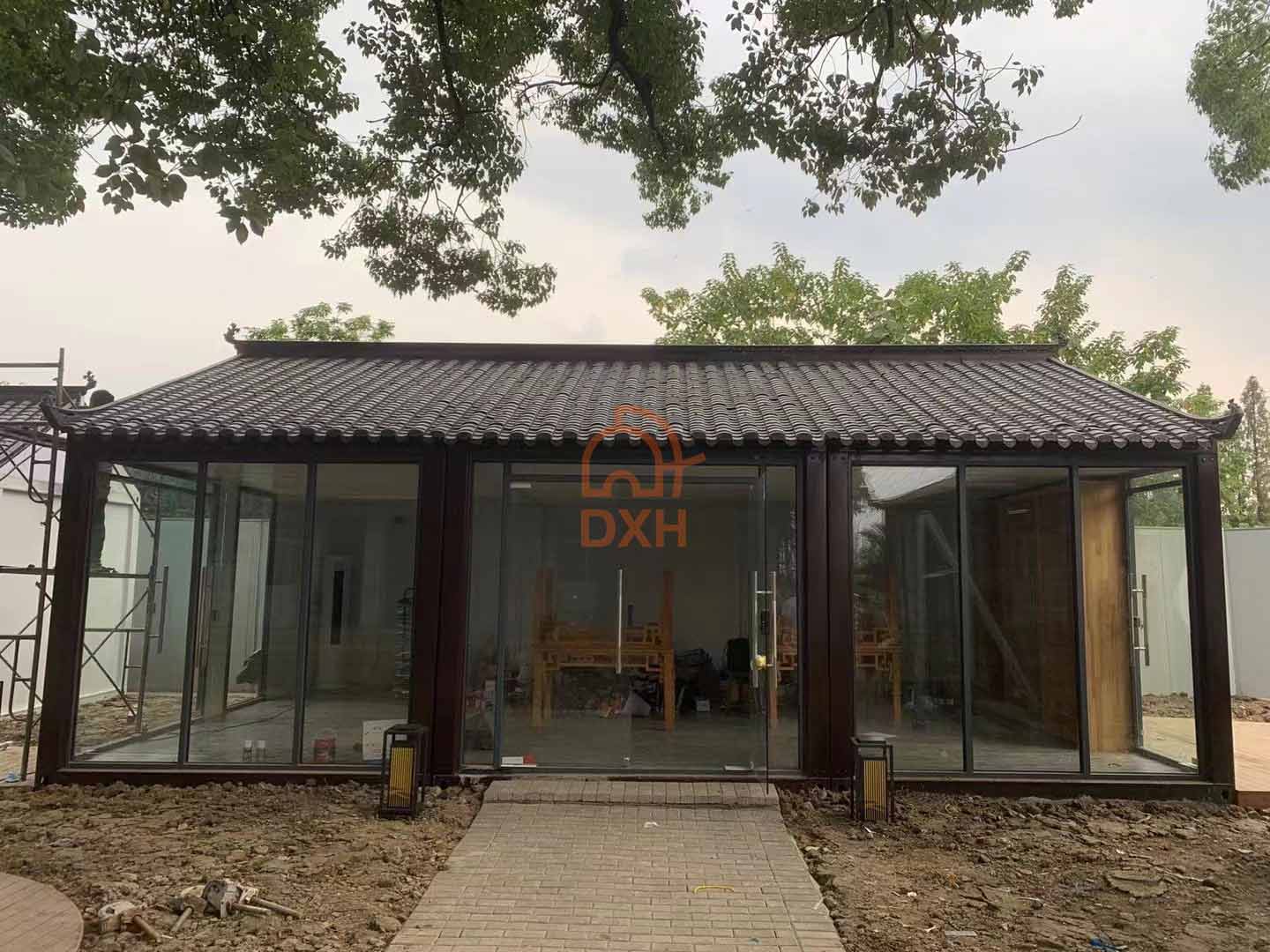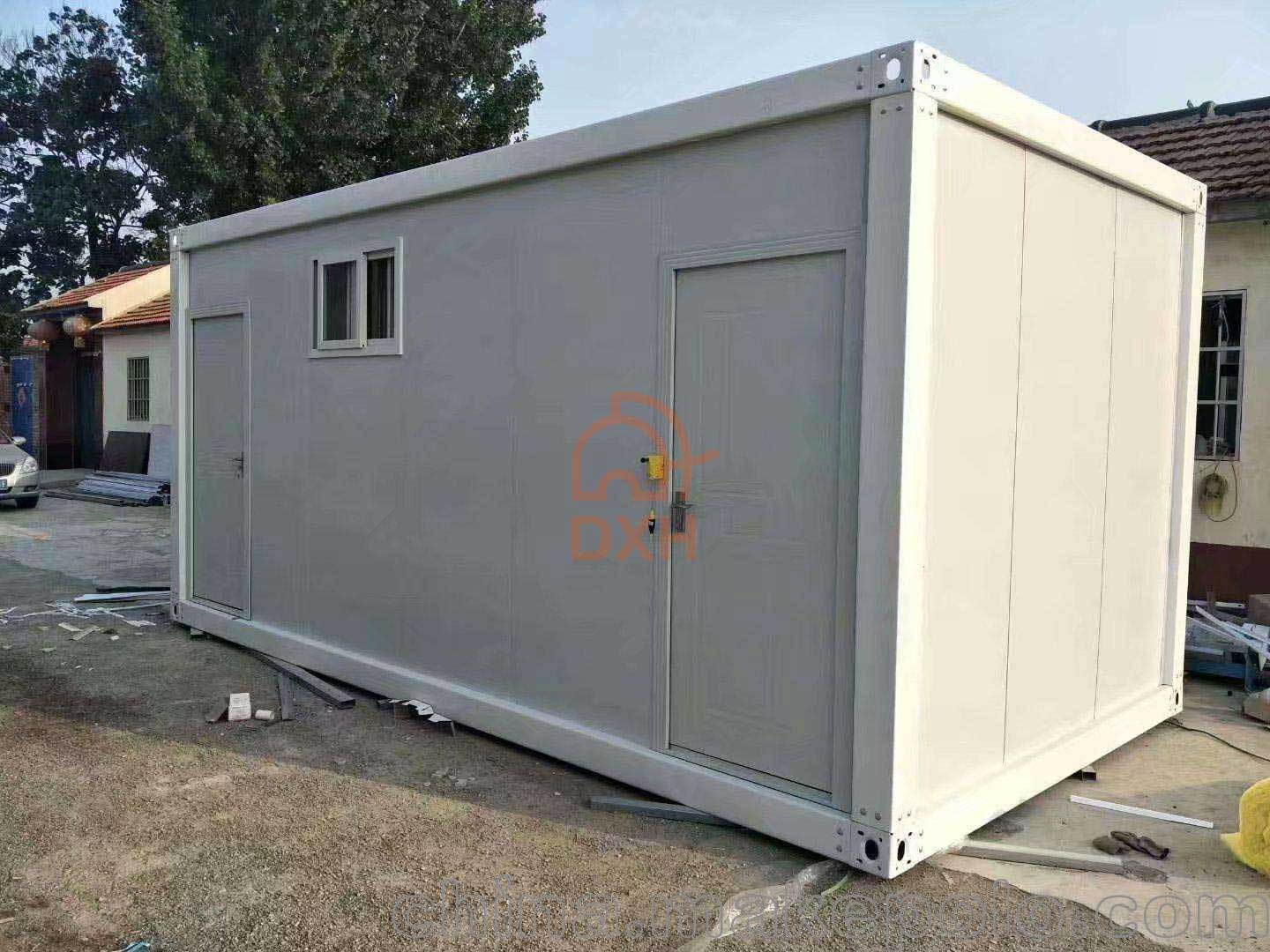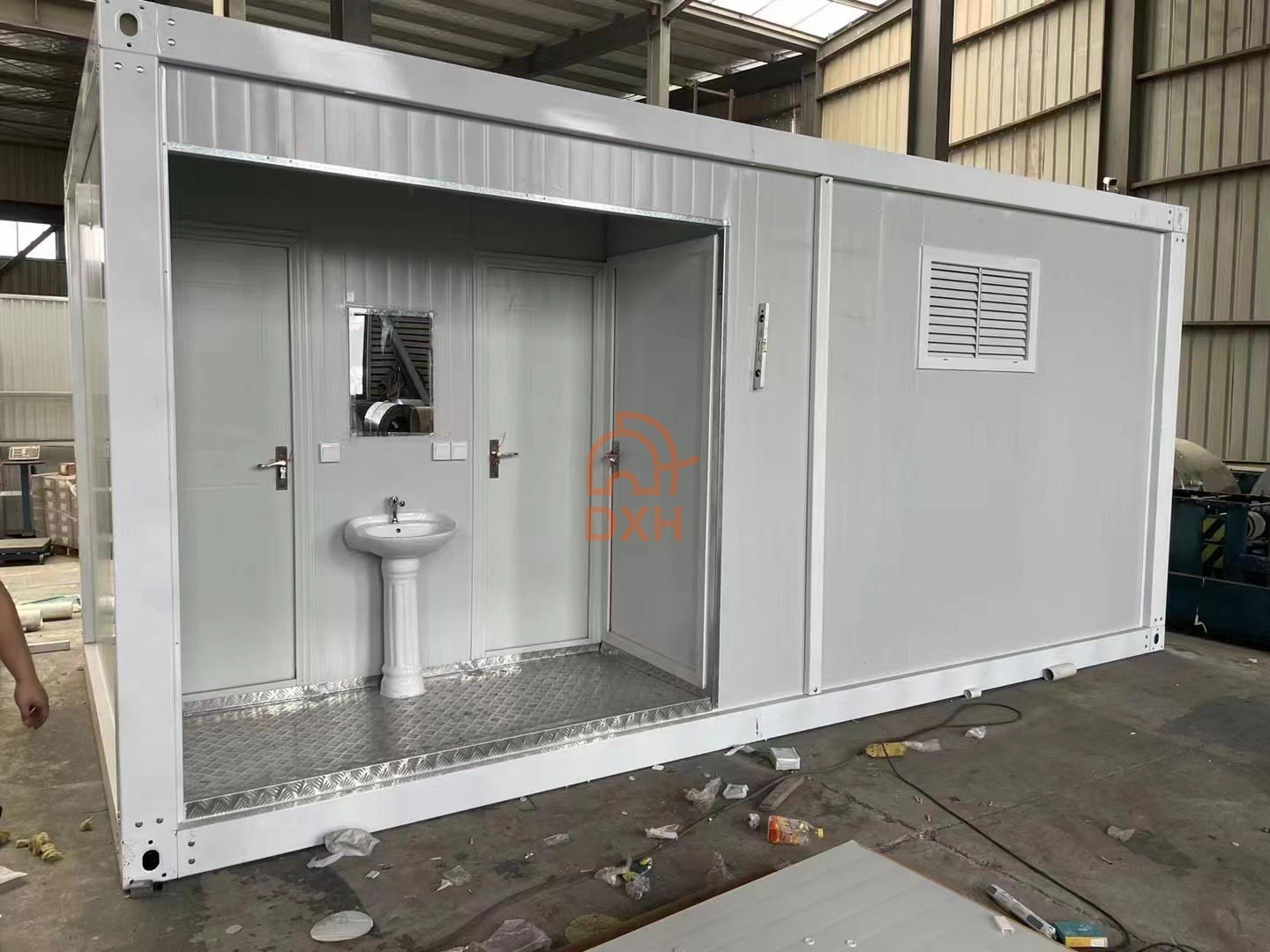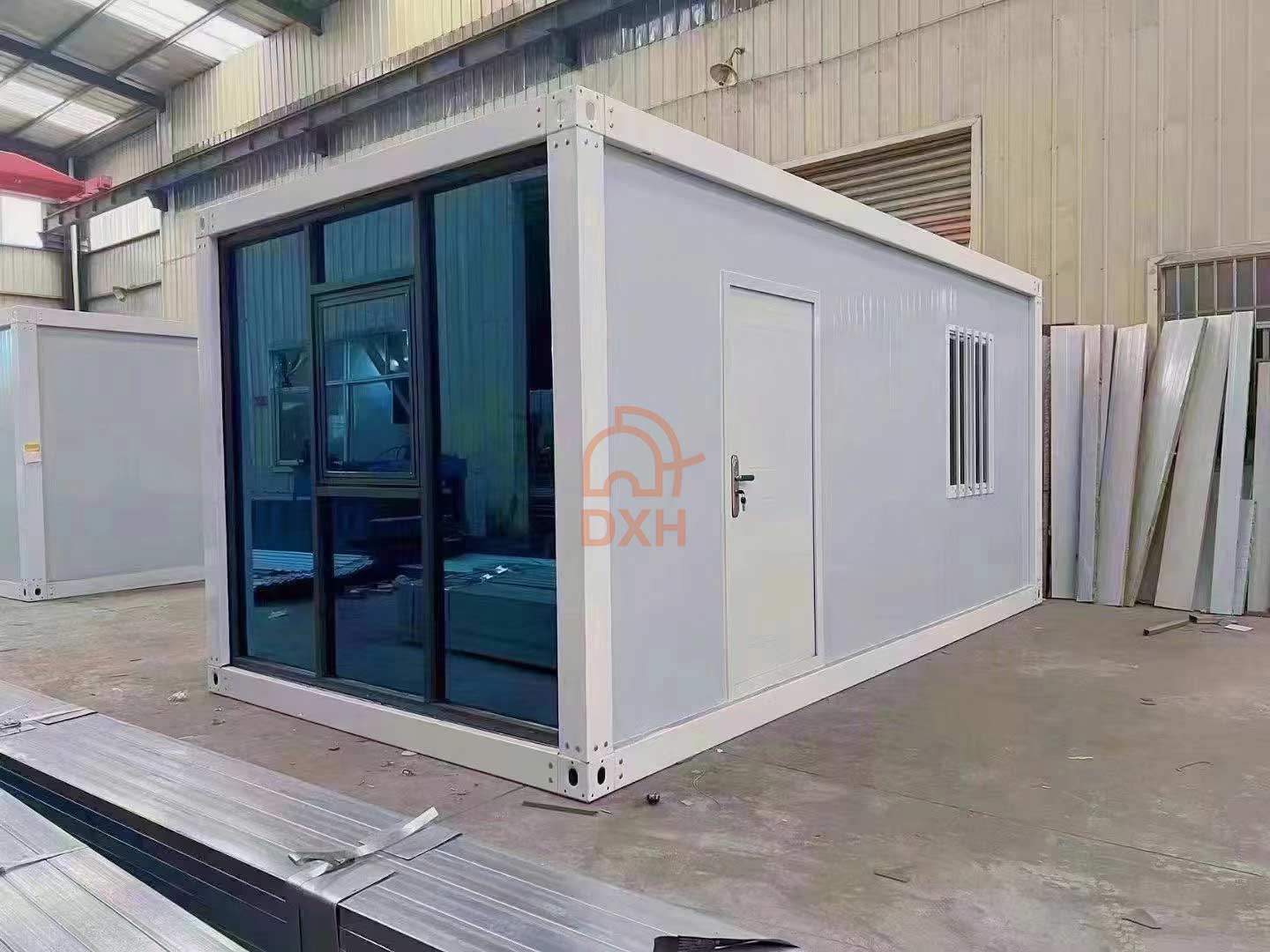Son yıllarda, küresel inşaat endüstrisi sanayileşme ve dijitalleşmenin dönüşümünü başlatmıştır ve prefabrik evler, yüksek verimlilik, çevre koruma ve kontrol edilebilir maliyet avantajları nedeniyle yavaş yavaş inşaat pazarının önemli bir parçası haline gelmiştir. Dünyadaki hükümetlerin politika desteği, kentleşmenin hızlanması ve yeşil binalara olan artan talep, prefabrik bina pazarının sürekli genişlemesini ortaklaşa teşvik etmiştir. Bu makale, pazar büyüklüğü, büyüme eğilimleri, kilit pazarlar, sürücüler ve gelecekteki talimatların kapsamlı bir analizini sağlayacaktır.
1. Prefabrik evlerin ve geleneksel binaların karşılaştırmalı analizi
| Öğeleri karşılaştırın | Prefabrik ev | Geleneksel mimarlık |
| İnşaat dönemi | Hızlı, fabrika prefabrikasyonu, yerinde montaj, genellikle geleneksel binalardan% 30-% 50 daha hızlı | Yavaş, temelden tamamlamaya kadar inşa edilmesi gerekiyor ve hava durumundan büyük ölçüde etkileniyor |
| İnşaat Maliyetleri | Yüksek ilk yatırım (fabrika üretimi) ancak düşük uzun vadeli maliyetler (azaltılmış işçilik ve maddi atık) | İlk yatırım düşüktür, ancak emek ve malzemelerin maliyeti yüksektir ve atık ciddidir |
| Çevre Koruması ve Enerji tasarrufu | Yüksek, fabrika üretimi kirliliği azaltır ve yapı malzemeleri geri dönüştürülebilir | Düşük, yerinde inşaat kirliliği, inşaat atıkları |
| Kalite kontrolü | Fabrika standartlaştırılmış üretim, küçük hata ve daha istikrarlı kaliteye sahiptir | İnşaat seviyesinden etkilenen kalite eşit değildir |
| Sismik performans | Depreme eğilimli alanlar için uygun yüksek, iyi yapısal bütünlük | Tasarım ve inşaat kalitesine bağlı |
| Esneklik | Konut, ticari ve okul gibi çeşitli kullanımlar için modüler olarak tasarlanabilir ve uygun olabilir | Yapı sabittir ve dönüşüm maliyeti yüksektir |
| Politika Desteği | Hükümet, sübvansiyon ve destek sağlayarak prefabrik binaları şiddetle teşvik eder | Politikalar yeşil binaları teşvik ediyor, ancak geleneksel inşaat modelleri hala ana akım |
2. Prefabrik konut piyasası büyüme eğilimleri
Küresel pazar
2022'de, küresel prefabrik inşaat piyasası büyüklüğü yaklaşık 153 milyar dolardı ve yıllık ortalama büyüme oranı (CAGR) yaklaşık%5,2 ile 227 milyar dolara çıkması bekleniyor.
Çin pazarı
2021'de, prefabrik binalar Çin'deki yeni inşaat alanının% 24,5'ini oluşturuyordu ve 2025 yılına kadar% 30'dan fazla ulaşması bekleniyor. Hükümet prefabrik binaların geliştirilmesini teşvik ediyor ve endüstrinin gelişme için geniş beklentileri var.
Avrupa ve Amerikan pazarları
Yüksek inşaat maliyetleri ve işgücü kıtlığı nedeniyle, özellikle konut, ofis ve ticari bina sektörlerinde Kuzey Amerika ve Avrupa'daki modüler inşaat pazarı hızla büyüyor.

3. Prefabrik evler için kilit piyasa sürücüleri
| Etkileyen Faktörler | işlev |
| Politika Desteği | Dünyanın dört bir yanındaki hükümetler, prefabrik binaların gelişimini teşvik eder, sanayileşme seviyesini iyileştirir ve karbon emisyonlarını azaltır |
| İnşaat Maliyet Kontrolü | İşgücü maliyetleri artıyor ve prefabrik evler emeğe daha az bağımlı ve inşaatta daha verimli |
| Kentleşme | Küresel kentsel nüfus büyüdükçe, yüksek kaliteli konut inşa etme ihtiyacı hızla artmaktadır |
| Akıllı Üretim Teknolojisi | BIM (Bina Bilgi Modellemesi), 3D baskı, AI ve diğer teknolojiler prefabrik binaların kalitesini ve verimliliğini artırdı |
| Yeşil Çevre Koruma İhtiyaçları | Düşük karbonlu binalar bir eğilim haline geldi ve prefabrik evler inşaat atıklarını azaltır ve enerji tüketimini azaltır |

4. Prefabrik evlerin uygulama senaryoları
| Alan | Ana kullanımlar | Trendler |
| İkamet | Villalar, daireler, kırsal kendi kendine yapılan evler | Talep artıyor ve kişiselleştirilmiş ve akıllı tasarım popüler |
| Ticari binalar | Ofis binaları, dükkanlar, oteller | Modüler Ofis ve Express Hotel Pazarı Büyümesi |
| Kamu tesisleri | Okullar, Hastaneler, Sergi Salonları | Uzak alanlarda prefabrik okulların ve hastanelerin uygulanması arttı |
| Acil konut | Afet sonrası yeniden yerleşim evleri ve site yurtları | Hızlı inşaat, geçici konut için yüksek talep |
5. Prefabrik evlerin gelecekteki yönü
| Geliştirme yönü | Ana Özellikler |
| Zeki | Nesnelerin İnterneti ve Akıllı Ev ile birleştiğinde, bina yönetimi ve yaşam deneyiminin verimliliğini artırabilir |
| Yeşil ve çevre dostu | Geri dönüştürülebilir yapı malzemelerini benimseyin ve pasif evler geliştirin |
| Modüler özelleştirme | Farklı ihtiyaçlara uygun mobil, genişletilebilir evler sunmak |

6. Prefabrik konut piyasasında zorluklar ve başa çıkma stratejileri
| Zorluklar | Etkilemek | Başa çıkma stratejileri |
| Tüketici Farkındalığı Zayıf | Birçok insanın prefabrik evlerin kalitesi ve dayanıklılığı konusunda şüpheleri vardır | Tanıtımı geliştirin, başarılı vakaları teşvik edin ve güveni artırın |
| Önümüzdeki yatırım yüksek | Bir fabrika inşa etmek gerekir ve ekipman maliyeti yüksek | Büyük ölçekli üretim, monomerlerin maliyetini azaltır |
| Endüstri standardizasyonu eksikliği | İnşaat spesifikasyonları, promosyonu etkileyen farklı yerlerde farklıdır | Ulusal standartları teşvik edin ve teknik özellikleri birleştirin |

7. Sonuç: Prefabrik evler, gelecekte inşaat sektöründe önemli bir eğilimdir
Yüksek Pazar Büyüme Potansiyeli: Devlet desteği, teknolojik gelişmeler ve artan pazar talebi tarafından yönlendirilen prefabrik konut piyasası yüksek büyümeyi sürdürecektir.
Çeşitli uygulama senaryoları için uygundur: konut, ticari, kamu binaları, acil konut ve diğer alanlar büyük talep vardır.
Akıllı + yeşil gelişim yönüdür: gelecekte binalar zeka, çevre koruma ve modülerleşme yönünde gelişecektir ve prefabrik evler ana akım inşaat modellerinden biri haline gelecektir.
Saatlerimiz
21/11 Pzt - 23/11 Çar: 09:00 - 20:00
24/11 Per: kapalı - Şükran Günü'nüz kutlu olsun!
25/11 Cum: 08:00 - 22:00
26/11 Cmt - 11/27 Paz: 10:00 - 21:00
(tüm saatler Doğu Saatine göredir)